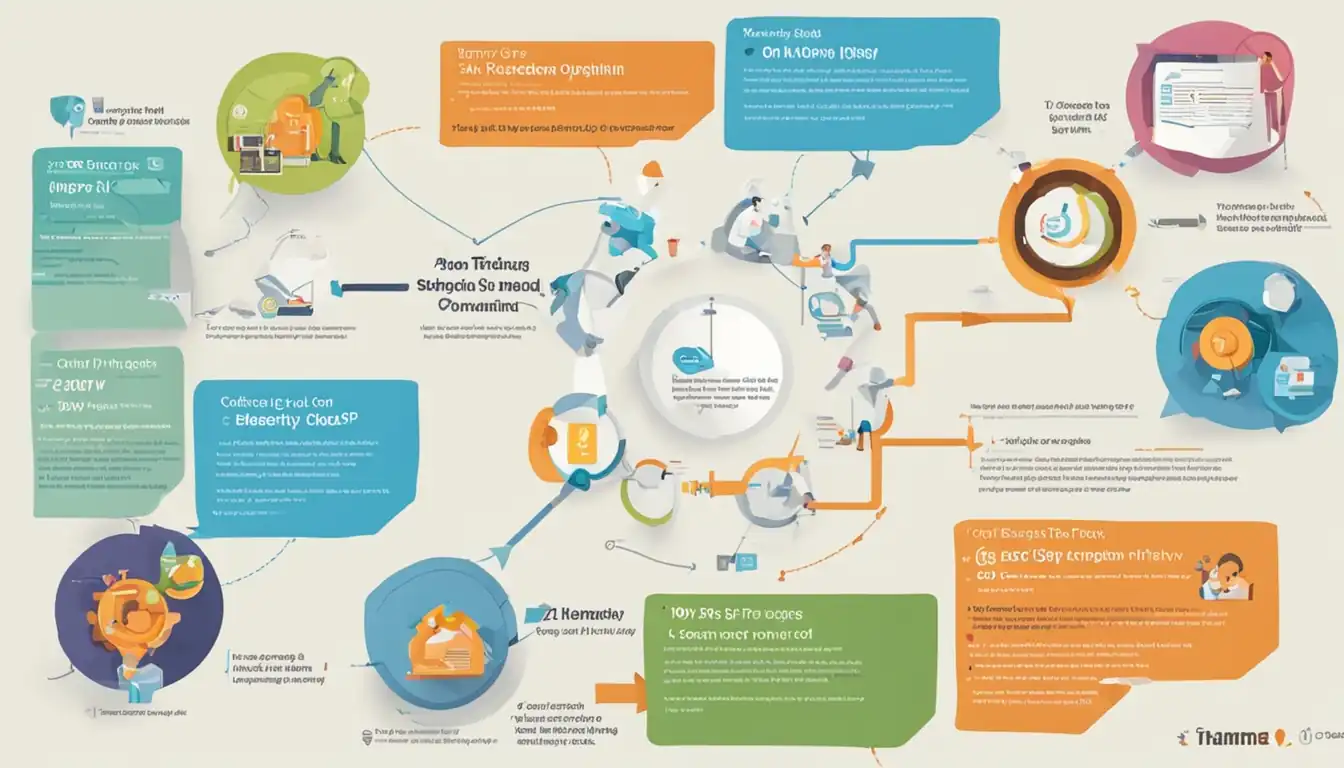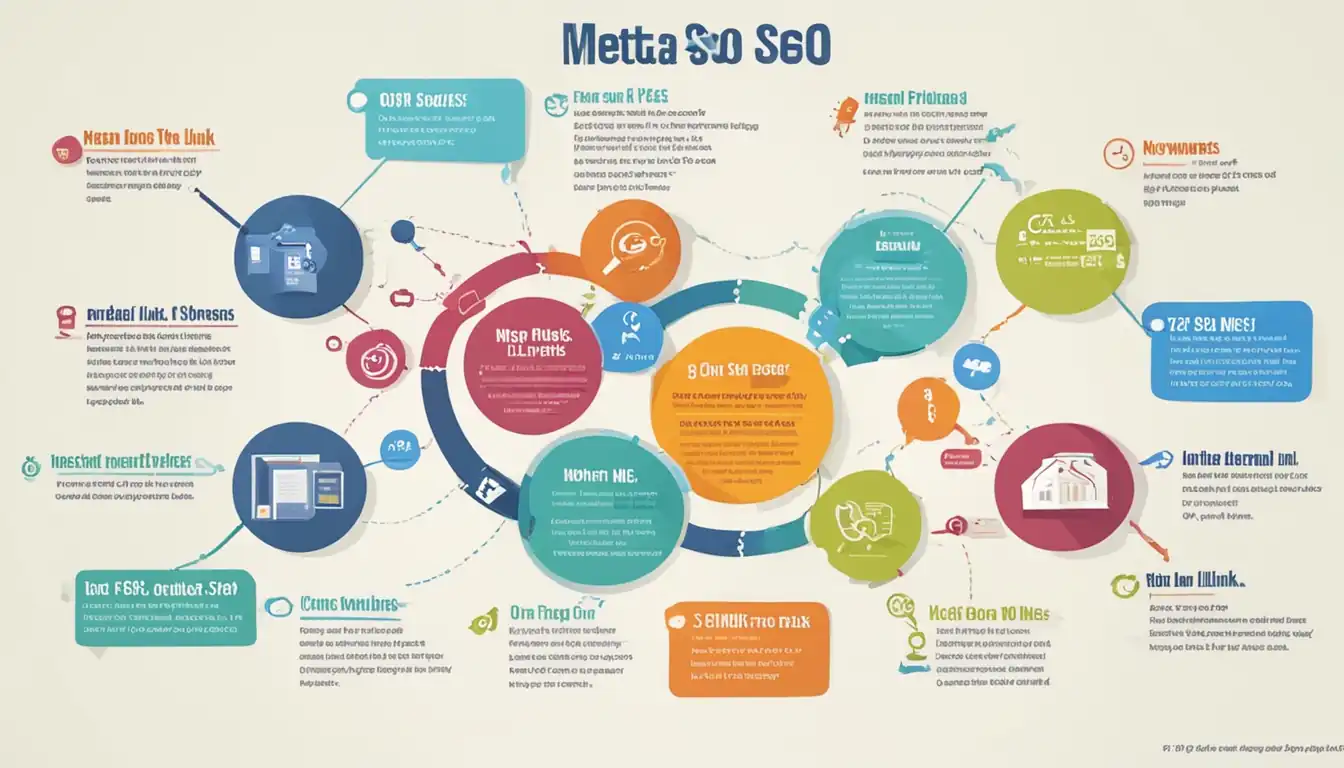Mastering On-Page Optimization for SEO Success

When it comes to SEO success, mastering on-page optimization is key. In this post, we'll dive into the ins and outs of on-page SEO, from understanding its importance to implementing advanced techniques for better search engine rankings. So grab a cup of coffee, sit back, and get ready to level up your on-page optimization game!
Understanding On-Page SEO
On-page SEO is a crucial aspect of any successful digital marketing strategy. It involves optimizing individual web pages to rank higher and earn more relevant traffic in search engines. By focusing on elements within your control, such as content and HTML tags, you can improve your website's visibility and ultimately drive more organic traffic.
The Role of Content in On-Page SEO
Content is the backbone of on-page SEO. High-quality, relevant content not only engages visitors but also signals to search engines that your website is a valuable resource. When creating content for on-page optimization, keep these key points in mind:
- Relevance: Ensure that your content is directly related to the topic or keyword you are targeting.
- Quality: Provide valuable information that answers users' questions and solves their problems.
- Keywords: Incorporate relevant keywords naturally throughout your content without overstuffing.
Remember, content should be created with the user in mind first and foremost. By delivering valuable information, you can increase engagement and improve your site's SEO performance.
How HTML Tags Influence SEO
HTML tags play a significant role in on-page SEO by providing structure and context to search engines. Here are some key HTML tags to focus on for optimization:
- Title Tag: This tag appears at the top of browser tabs and search engine results pages (SERPs). It should accurately describe the content of the page using relevant keywords.
- Meta Description: While not a direct ranking factor, meta descriptions provide a summary of the page's content in SERPs, influencing click-through rates.
- Heading Tags (H1-H6): These tags help organize content hierarchically and signal important topics to search engines.
- Alt Text: Used to describe images on a webpage, alt text provides context for visually impaired users and helps search engines understand the content.
By optimizing these HTML tags with relevant keywords and descriptive language, you can enhance your on-page SEO efforts and improve your website's visibility in search results.
Crafting High-Quality Content

When it comes to on-page optimization for SEO success, crafting high-quality content is key. Search engines value content that is relevant, informative, and engaging for users. Here are some tips to help you create top-notch content:
Writing for Your Audience First, Search Engines Second
While it's important to include relevant keywords in your content for SEO purposes, it's equally crucial to prioritize writing for your audience first. Focus on creating content that provides value and answers the questions or solves the problems of your target audience. By delivering valuable information that resonates with your readers, you can increase engagement and encourage repeat visits to your website.
Balancing Keyword Density Without Overstuffing
Keyword density refers to the number of times a keyword appears in relation to the total word count of a page. While including keywords is important for SEO, overstuffing them can have a negative impact on your rankings. Aim for a natural keyword density that flows seamlessly within your content. Remember, quality always trumps quantity when it comes to keyword usage.
In conclusion, mastering on-page optimization requires creating high-quality content that is both user-friendly and search engine-friendly. By focusing on writing for your audience first and finding the right balance with keyword density, you can improve your chances of achieving SEO success.
Leveraging HTML Tags and Structure
HTML tags play a crucial role in on-page optimization for SEO success. By strategically utilizing title tags, meta descriptions, and header tags, you can enhance the visibility and relevance of your content to search engines.
Title Tags and Meta Descriptions That Capture Clicks
Title tags are the first thing users see in search engine results, making them a critical element for attracting clicks. Ensure your title tags are concise, descriptive, and include relevant keywords to entice users to click through to your page.
Meta descriptions provide a brief summary of the content on your page. Craft compelling meta descriptions that accurately reflect the content of your page while also enticing users to click through. Including keywords in your meta descriptions can also improve their relevance to search queries.
Structuring Content with Header Tags for Better Readability
Header tags (H1-H6) help organize your content into easily digestible sections for both users and search engines. Use header tags to break up long blocks of text, improve readability, and signal the importance of different sections within your content.
When structuring your content with header tags, ensure that each tag accurately reflects the topic or theme of the section it precedes. This not only helps users navigate your content more efficiently but also provides search engines with valuable context about the information on your page.
Optimizing Images and Multimedia Elements
Using Alt Text to Improve Accessibility and SEO
Alt text, also known as alternative text, is a crucial element in optimizing images for both accessibility and SEO. This descriptive text provides context for visually impaired users who rely on screen readers to navigate the web. Additionally, search engines use alt text to understand the content of an image, which can improve your site's visibility in search results.
When adding alt text to images, be sure to accurately describe the image using relevant keywords. Avoid keyword stuffing or using generic phrases like "image" or "photo." Instead, provide a concise and descriptive summary that conveys the purpose or content of the image.
Compressing Images for Faster Page Load Times
Large image files can significantly slow down your website's loading speed, leading to a poor user experience and potentially lower search engine rankings. To optimize images for faster page load times, consider compressing them without compromising quality.
There are various tools available online that can help you reduce the file size of your images while maintaining visual clarity. By compressing images before uploading them to your website, you can improve loading speed and enhance overall user experience.
Enhancing User Experience (UX) for SEO Benefits
User experience (UX) plays a crucial role in on-page optimization for SEO success. By focusing on improving the overall user experience on your website, you can enhance your search engine rankings and drive more organic traffic to your site.
Improving Site Navigation to Lower Bounce Rates
One of the key aspects of enhancing user experience is optimizing site navigation. A well-structured and intuitive navigation system helps visitors easily find the information they are looking for, reducing bounce rates and increasing engagement.
Tips for improving site navigation:
- Use clear and descriptive menu labels
- Implement breadcrumbs for easy backtracking
- Include a search bar for quick access to specific content
- Optimize internal linking to guide users through relevant pages
By improving site navigation, you can keep visitors on your site longer, leading to higher retention rates and improved SEO performance.
Mobile Optimization: Ensuring Your Site Is Mobile-Friendly
With the increasing use of mobile devices, it is essential to ensure that your website is optimized for mobile users. Google's mobile-first indexing prioritizes mobile-friendly websites in search results, making mobile optimization a critical factor in on-page SEO.
Key elements of mobile optimization:
- Use responsive design to adapt to different screen sizes
- Optimize page speed for faster loading times on mobile devices
- Ensure buttons and links are easily clickable on touchscreens
- Test your website across various devices and browsers to ensure compatibility
By making your site mobile-friendly, you can provide a seamless user experience across all devices and improve your chances of ranking higher in search results.
Advanced On-Page Optimization Techniques
Schema Markup: Helping Search Engines Understand Your Content
Schema markup is a powerful tool that can help search engines better understand the content on your website. By adding schema markup to your HTML, you are providing search engines with additional context about your content, which can lead to higher visibility in search results.
One of the most common types of schema markup is structured data, which allows you to mark up specific elements on your page such as reviews, recipes, events, and more. This structured data helps search engines display rich snippets in search results, making your content stand out and potentially increasing click-through rates.
To implement schema markup on your website, you can use tools like Google's Structured Data Markup Helper or Schema.org's markup generator. By incorporating schema markup into your on-page optimization strategy, you can improve the chances of your content being prominently featured in search results.
Internal Linking Strategies to Boost Page Authority
Internal linking is an essential aspect of on-page optimization that often gets overlooked. By strategically linking to other pages within your website, you can help search engines understand the hierarchy and relevance of your content. This not only improves user experience but also boosts the authority of individual pages on your site.
When implementing internal linking strategies, consider using descriptive anchor text that includes relevant keywords. This not only helps users navigate your site more easily but also provides additional context for search engines crawling your pages.
Additionally, creating a logical hierarchy of internal links can help distribute link equity throughout your site and improve the overall SEO performance of individual pages. By incorporating internal linking into your on-page optimization efforts, you can enhance the visibility and authority of your content in search results.
Understanding On-Page SEO
